













INTRODUCTION | DOCUMENTS | IMAGES | MAPS | EDITOR
|
Images - Part II: Section A – Holy Roman Empire
|
||||||||||||||||||||||||||||||
 return to chapter list
return to chapter list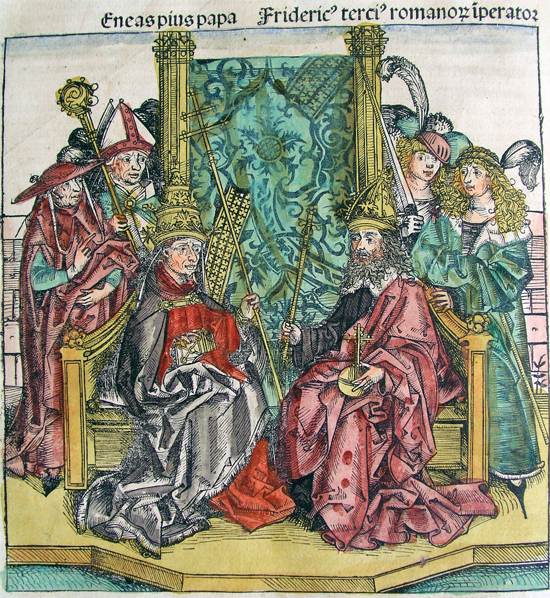
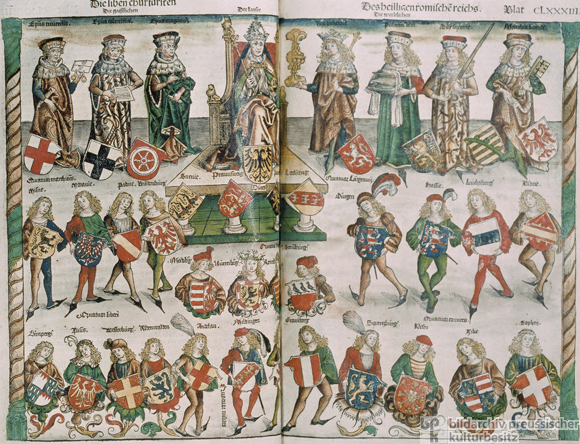
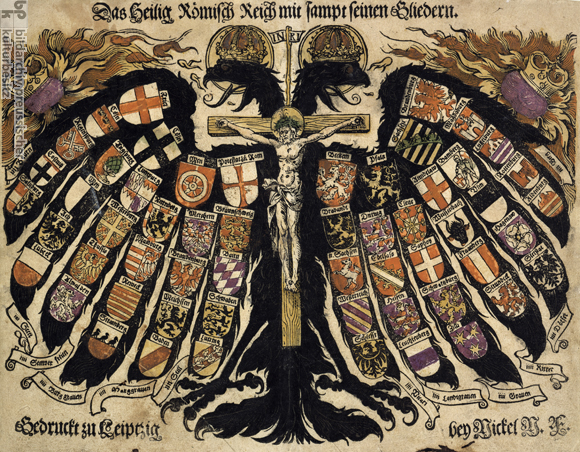
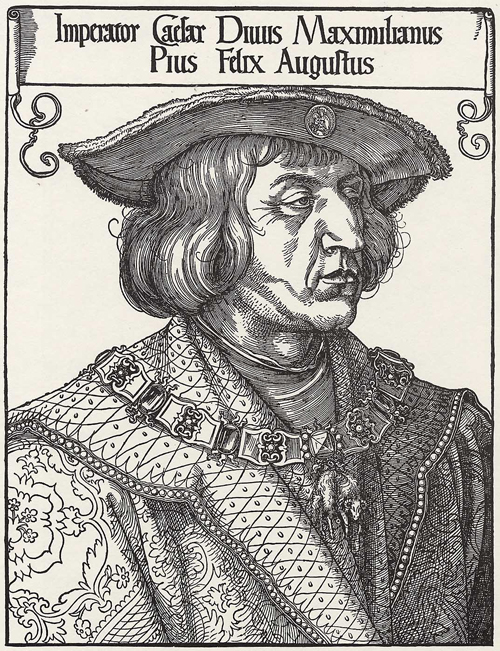
![The Imperial Diet [<I>Reichstag</i>] in Session on September 13, 1640 (17th Century)](/images/ART361578(2).jpg)
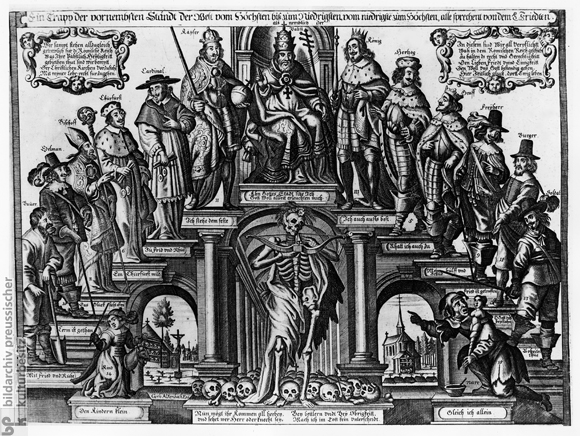
![The Imperial Diet [<I>Reichstag</i>] – Organization (1521)](/images/Imperial Diet in 1521 ENGLISH_590.jpg)
